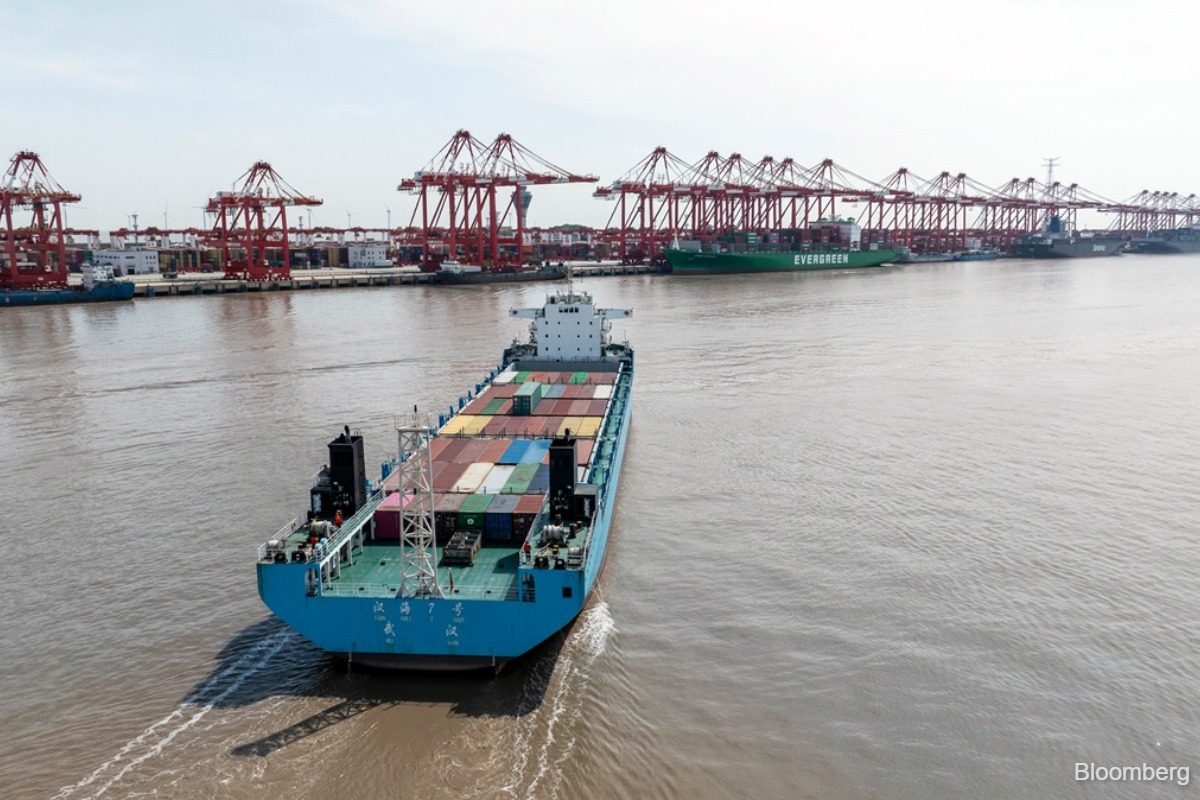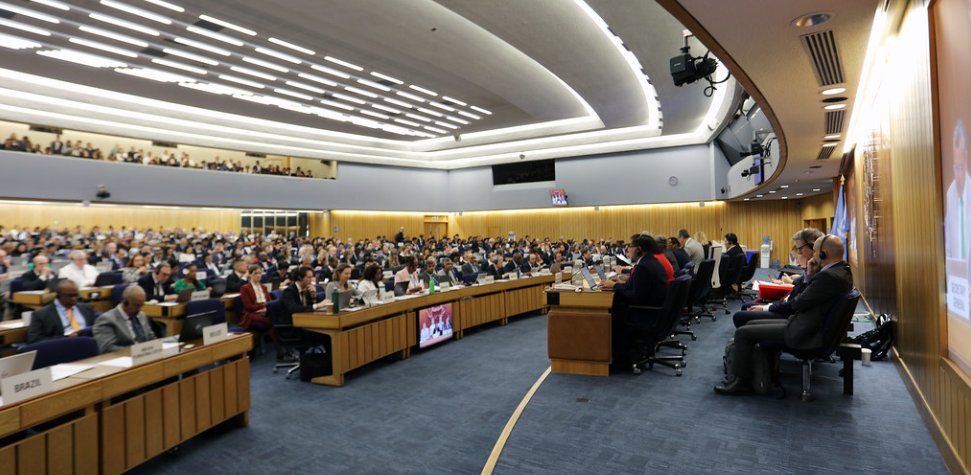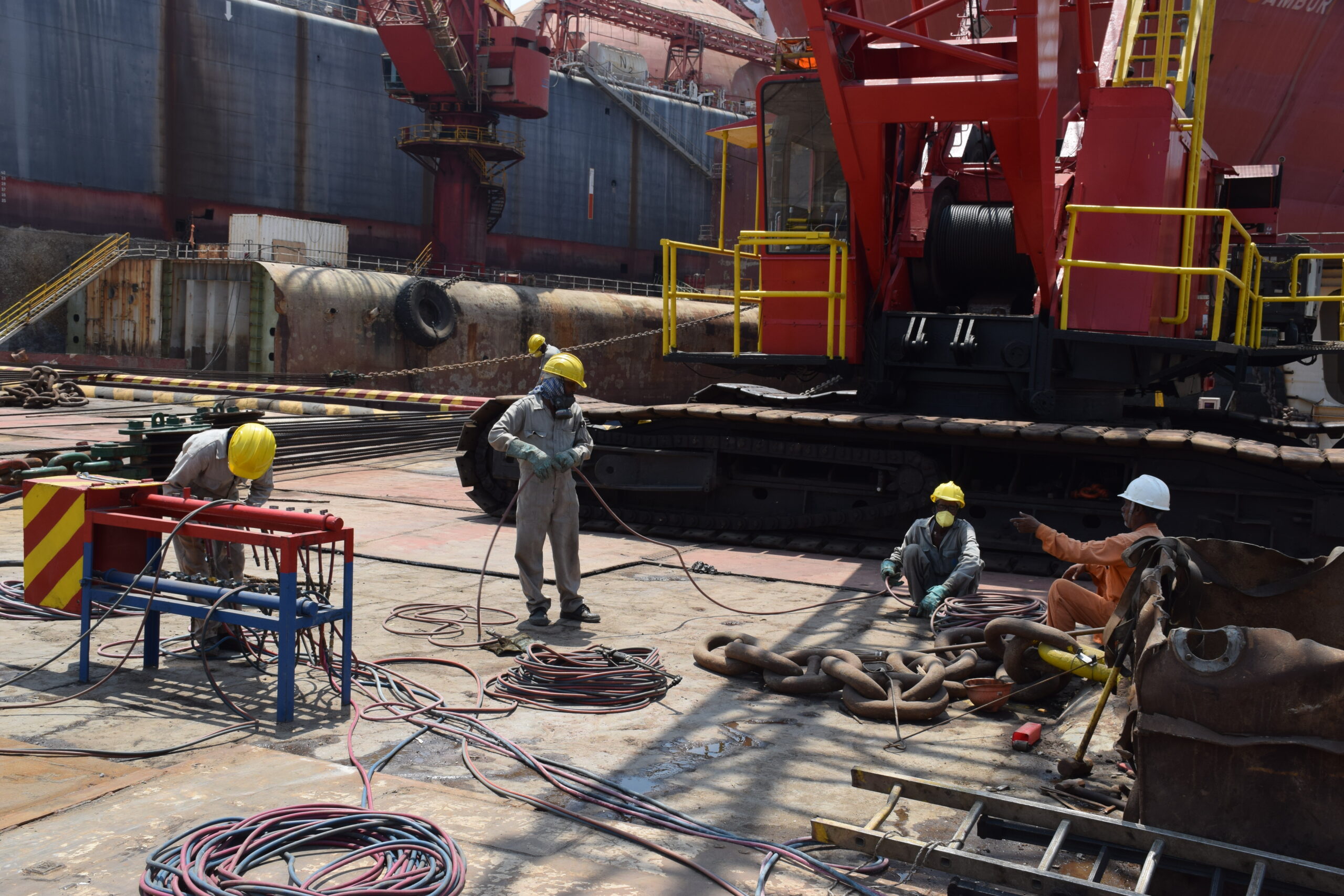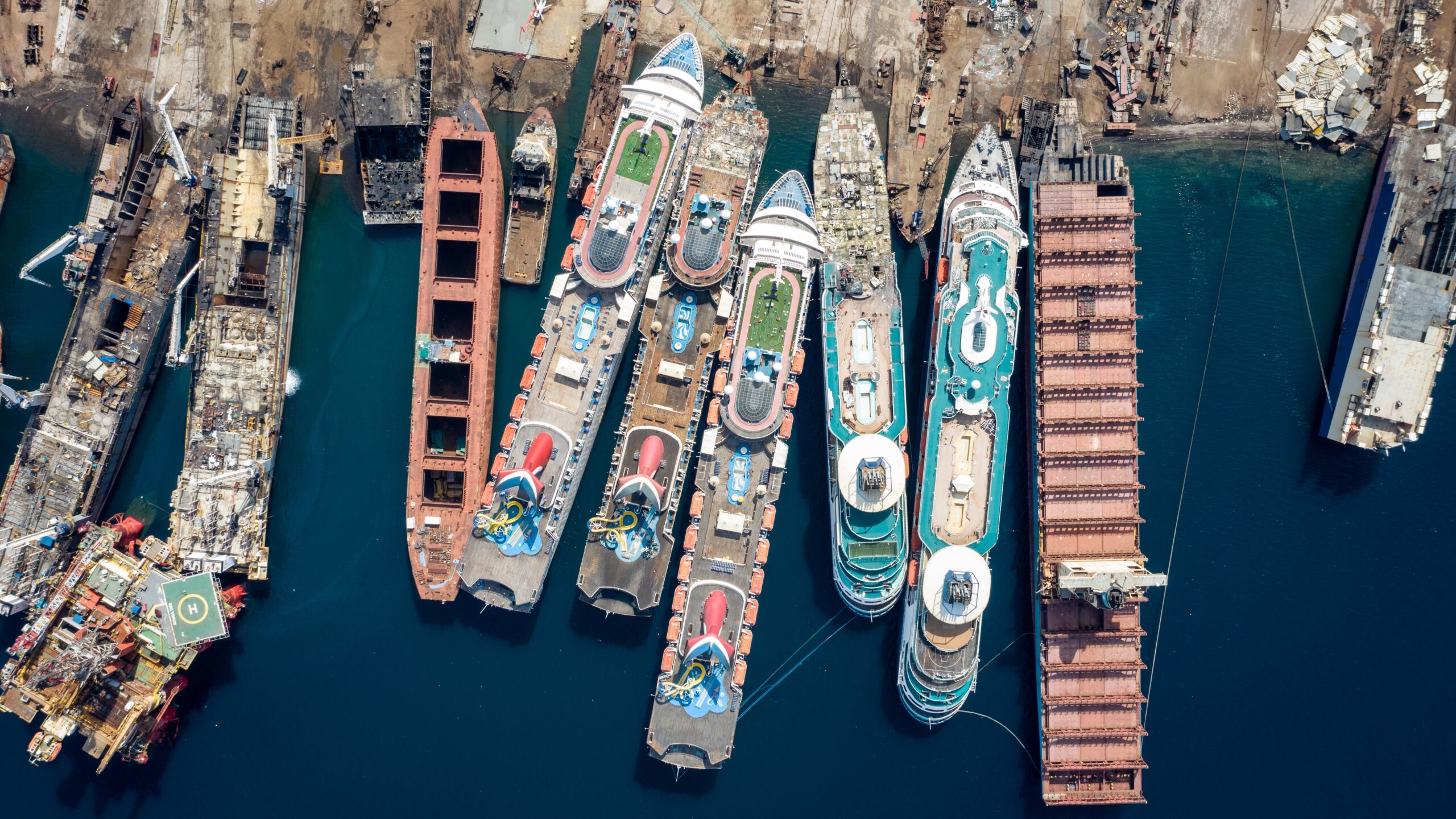China Suspends Port Fees for U.S.-Linked Vessels as Trade Tensions Ease Following Xi-Trump Summit
Beijing, November 11, 2025 — In a notable step toward easing trade tensions, China’s Ministry of Transport announced on Monday that it would suspend for one year all port fees levied on vessels linked to the United States. The move comes as a reciprocal gesture following Washington’s decision to pause punitive actions targeting China’s shipping and shipbuilding industries.

The coordinated announcements signal a rare moment of alignment between the two economic superpowers, who have been locked in an on-and-off trade dispute for nearly a decade. Both countries framed the decisions as steps toward stabilising maritime and trade relations, which have suffered from years of tariff escalations and sanctions linked to broader geopolitical competition.
Reciprocal Actions Reflect Xi-Trump Summit Understanding
According to China’s Ministry of Transport, the suspension will take immediate effect and remain in place for one year. The measure follows discussions between U.S. President Donald Trump and Chinese President Xi Jinping during their bilateral summit in South Korea last month, where both leaders reportedly agreed to seek a “mutually beneficial recalibration” of trade and maritime policies.
Beijing’s move directly mirrors the U.S. Trade Representative’s (USTR) announcement on November 9, which confirmed a one-year pause on punitive actions arising from the “Section 301” investigation into China’s trade practices. The Section 301 probe, first launched during Trump’s earlier administration, had formed the backbone of Washington’s justification for imposing tariffs and restrictions on Chinese industries ranging from shipbuilding to advanced technology manufacturing.
In a statement released late Monday, China’s Ministry of Commerce welcomed the U.S. decision as “an important step” in implementing the consensus reached at recent trade discussions. “China is willing to communicate and consult with the U.S. on relevant issues based on mutual respect and equal consultation,” the ministry said. It added that Beijing “hopes the U.S. will continue to work with China in the same direction” to promote steady progress in bilateral relations.
Washington’s Pause Signals Recalibration Rather Than Retreat
While the USTR described the pause as a “good-faith measure,” officials in Washington emphasised that it does not represent an abandonment of trade enforcement. Instead, the move is part of a broader reassessment of U.S. trade policy toward China, particularly in sectors like maritime transport, logistics, and shipbuilding that have been heavily affected by punitive tariffs and restrictions.
“The United States will negotiate with China on related issues,” the USTR said in its statement, noting that details of how these negotiations will unfold remain to be finalised. The USTR also acknowledged that the suspension period will be used to “evaluate China’s actions and commitments in fair trade and market access,” suggesting that Washington will be watching Beijing’s next steps closely.
Analysts in both countries have interpreted the reciprocal pauses as a diplomatic reset following years of uncertainty. “The fact that both sides are aligning specific measures — in this case, maritime fees and shipping sanctions — shows a degree of coordination we haven’t seen since before the trade war escalated,” said Liu Ming, a senior trade expert at the Shanghai Institute for International Studies. “It doesn’t solve the structural problems, but it does reopen the door for communication.”
Shipping Industry Sees Temporary Relief
The global shipping industry, which has borne much of the brunt of the U.S.-China trade war, responded cautiously but positively to the announcements. U.S.-linked vessels, including those owned or operated by companies with American financial interests, will now be exempt from Chinese port fees for a year. This is expected to reduce operational costs and improve trade flows, particularly on Pacific routes that have been subject to delays and higher expenses due to tariffs and retaliatory measures.
Shipping analysts said the suspension could ease congestion and improve turnaround times at major Chinese ports such as Shanghai, Ningbo-Zhoushan, and Tianjin. “The timing is significant,” noted Sarah Connors, an Asia-Pacific maritime economist at Clarkson Research. “Freight rates have been volatile, and shipping firms are desperate for predictability. Even a one-year suspension gives operators some breathing space.”
China’s port authorities have been under pressure to support export competitiveness as the country faces slower economic growth and rising operational costs. The suspension of port fees is also seen as a signal to the international business community that Beijing remains open to foreign trade cooperation, despite ongoing geopolitical frictions.
Strategic Significance Beyond Economics
The synchronised policy pauses also carry broader diplomatic implications. Observers say they mark a rare thaw in an otherwise tense relationship, which has been strained by disputes over access to technology, military activity in the South China Sea, and global realignments of the supply chain.
“While this is framed as a trade issue, the symbolism is important,” said Dr. Michael Hwang, an East Asia policy analyst based in Singapore. “Both sides are trying to stabilise an unpredictable relationship — Trump wants to demonstrate that he can secure concessions without escalating conflict, and Xi wants to show that China can engage pragmatically without appearing weak.”
Beijing’s decision follows a series of moves aimed at signalling moderation, including the recent easing of import restrictions and renewed dialogues with international business chambers. Meanwhile, Washington’s recalibration reflects a pragmatic recognition that sustained economic confrontation has yielded diminishing returns.
Next Steps and Lingering Uncertainties
Despite the optimism, questions remain about what comes next once the one-year suspension expires. Trade experts caution that without clear progress in negotiations, both sides could revert to punitive measures, potentially reigniting volatility in global shipping and trade.
“The real test will be whether this leads to a structured dialogue and concrete outcomes,” said Connors. “A one-year truce in fees and tariffs is helpful, but unless reforms or new frameworks follow it, it could simply delay deeper conflicts.”
For now, industry stakeholders and policymakers are viewing the development as a cautious step forward. Both capitals have emphasised dialogue, signalling at least a temporary willingness to move away from confrontation toward compromise.
As China’s commerce ministry put it, “This is not the end of differences, but it is a beginning of renewed engagement.”
With both nations set to convene additional working-level talks later this month, the maritime sector — long caught in the crossfire of superpower rivalry — may finally find smoother waters, at least for the coming year.
Author: shipping inbox
shipping and maritime related web portal








